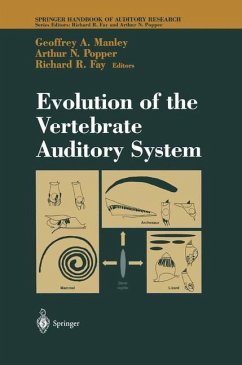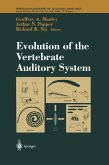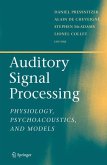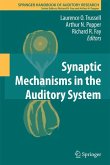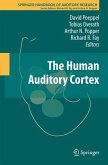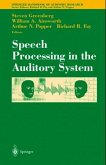The function of vertebrate hearing is served by a surprising variety of sensory structures in the different groups of fish, amphibians, reptiles, birds, and mammals. This book discusses the origin, specialization, and functional properties of sensory hair cells, beginning with environmental constraints on acoustic systems and addressing in detail the evolutionary history behind modern structure and function in the vertebrate ear. Taking a comparative approach, chapters are devoted to each of the vertebrate groups, outlining the transition to land existence and the further parallel and independent adaptations of amniotic groups living in air. The volume explores in depth the specific properties of hair cells that allowed them to become sensitive to sound and capable of analyzing sounds into their respective frequency components. Evolution of the Vertebrate Auditory System is directed to a broad audience of biologists and clinicians, from the level of advanced undergraduate students to professionals interested in learning more about the evolution, structure, and function of the ear.

